Current Student Loans News
Stay up to date with trends that will impact your student loans – and your wallet.
Latest Student Loans News
-

The state of student loan forgiveness: What borrowers need to know
The Biden administration continues to push for student loan forgiveness options.
3 min read Feb 27, 2024 -

Your student loan forgiveness questions, answered
Here’s what we know so far about Biden’s broad student loan forgiveness plan.
4 min read Sep 22, 2023 -

Thousands of borrowers to receive automatic student loan forgiveness thanks to changes to income driven repayment
The U.S. Department of Education released news that many borrowers will receive notification that their loans will be discharged.
2 min read Jul 17, 2023 -
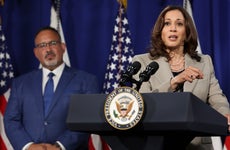
What happened with the $5.8 billion in federal student loan forgiveness for former Corinthian Colleges students
This marks the largest student loan discharge made by the Education Department.
2 min read Jun 29, 2023 -
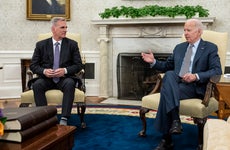
What the debt ceiling deal means for student loan payments
The proposed deal on the debt ceiling means that the student loan payment pause will end and not be able to be extended again.
2 min read May 30, 2023 -
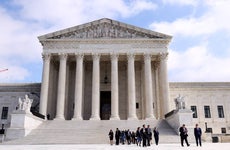
Supreme court ruling on private colleges and federal student loan debt
The Supreme Court recently rejected a request by three private colleges to block the settlement decision in the case of Sweet v. Cardona. This $6 billion settlement will result in thousands of student [...]
2 min read Apr 26, 2023 -
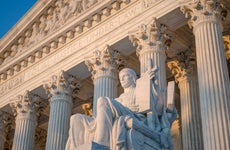
Student loan borrowers at risk with blocked cancellation
Student loan borrowers are at risk with potential blocked cancellation
3 min read Mar 09, 2023 -
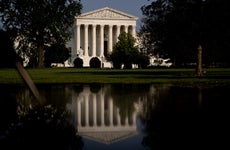
What has happened with the Supreme Court student loan cases so far
The Supreme Court is hearing cases about Biden’s proposed plan to forgive student debt. Here is what has happened so far.
6 min read Mar 02, 2023 -
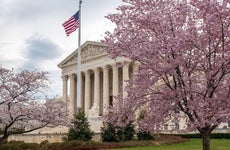
What to know about student debt relief ahead of the Supreme Court hearings
The Supreme Court hearing on Biden’s plans for student debt relief start on February 28th. Here’s everything you need to know.
7 min read Feb 27, 2023 -

Federal student loan interest rates will increase for the 2022-23 academic year
This increase brings federal student loan interest rates back to pre-pandemic levels.
2 min read Dec 14, 2022